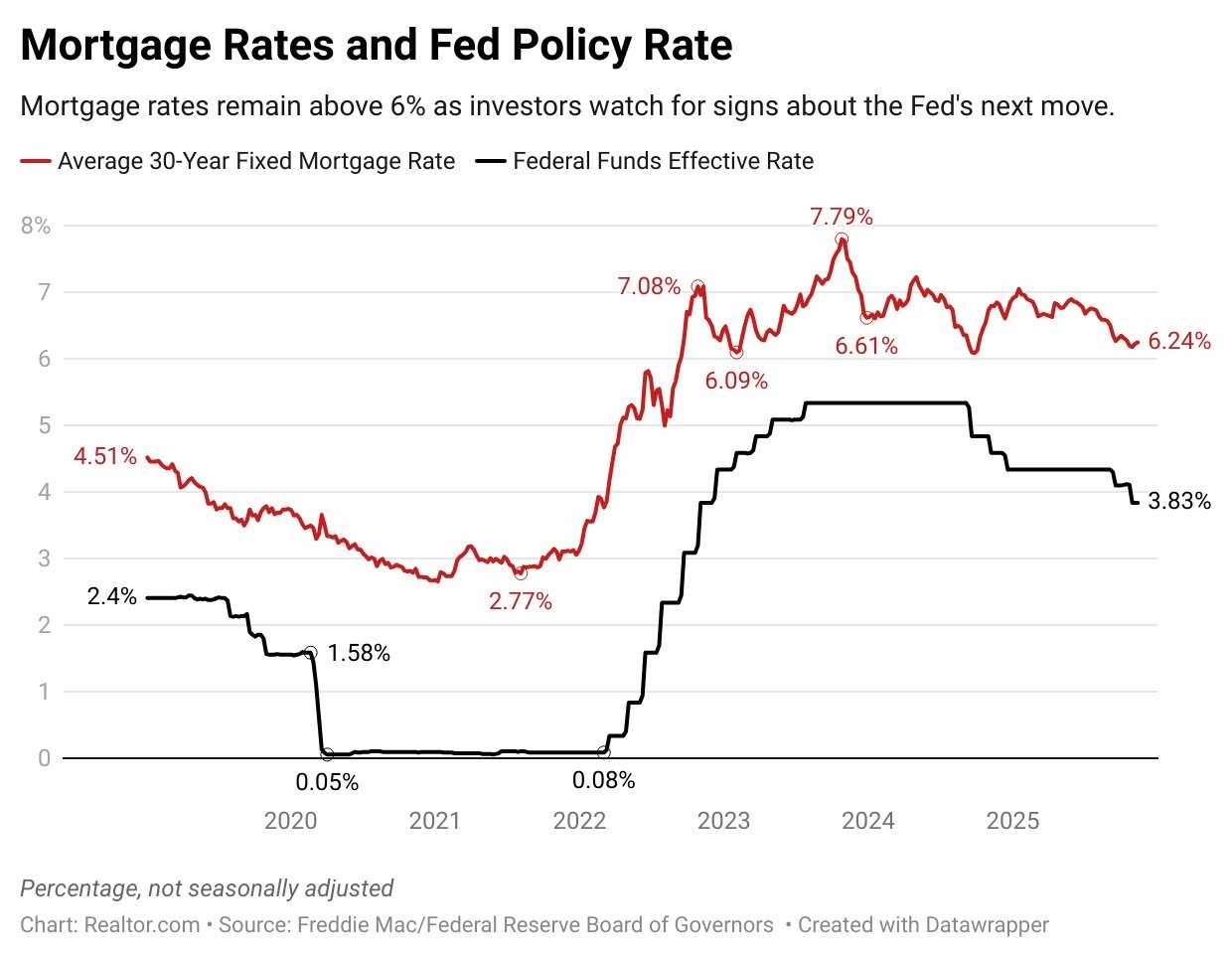Battle lines are being drawn at the Federal Reserve over an interest rate cut in December, as key policymakers stake out their positions both in favor and opposed to a cut.
While a December cut was seen as a virtual certainty a month ago, financial and betting markets now rate the probability as a virtual tossup, with a pause in rate reductions now viewed as equally likely.
Fed Gov. Chris Waller was the latest member of the rate-setting Federal Open Market Committee to declare a position, saying that he plans to vote in favor of a quarter-point cut when the panel next votes on Dec. 10.
“A December cut will provide additional insurance against an acceleration in the weakening of the labor market,” Waller told a gathering of economists in London on Monday.
Waller, who is on the short list of President Donald Trump’s candidates to replace Fed Chair Jerome Powell next year, said that he is “not worried about inflation” and is instead focused on troubling signs of softness in the labor market.
“My focus is on the labor market, and after months of weakening, it is unlikely that the September jobs report later this week or any other data in the next few weeks would change my view that another cut is in order,” he said.
In his remarks, Waller also cited affordability strains in the housing market as a cause for concern, noting that “housing affordability is near a record low.”
“While home price increases have slowed recently and even declined in some parts of the country, prices rose significantly in the past few years. That is especially true for lower-value homes, which is making it harder for first-time buyers,” he said.
Waller noted that since 2020, the income needed to afford a median priced home has risen by 50%, while median income rose just 26% in the same time period through 2024.
“Although mortgage rates have declined a bit this year, they are still above 6% and much higher than the average for the decade or so before rates began rising in 2022,” he said. “And while the growth of mortgage debt has slowed, that in part reflects how high mortgage rates are weighing on demand for mortgages.”
Waller called the rising cost of homes, as well as of autos, an ongoing challenge for consumers, especially lower- and middle-income consumers.
“This is likely weighing on spending growth and would become a more acute problem if the labor market continues to weaken,” he said.
December cut in question as division on FOMC grows
Despite Waller’s strong stance in favor of another interest rate cut next month, an opposing faction of FOMC members favors holding steady, underlining the deep divisions on the panel.
The tension is between those who fear further rate reductions will stoke inflation, and those like Waller who are more concerned that layoffs could rise without lower interest rates.
Financial markets now put the probability of a December cut at a virtual 50/50 tossup, according to CME FedWatch.

Among the FOMC members who have publicly opposed a December rate cut are Susan Collins, president of the Boston Fed, and St. Louis Fed President Jeff Schmid.
“It will likely be appropriate to keep policy rates at the current level for some time … in this highly uncertain environment,” Collins said in a speech last week.
Schmid, who voted against last month’s rate cut, has signaled opposition to a rate cut in December, based on ongoing concerns about inflation.
“I do not think further cuts in interest rates will do much to patch over any cracks in the labor market—stresses that more likely than not arise from structural changes in technology and immigration policy,” Schmid said at a conference last week. “However, cuts could have longer-lasting effects on inflation as our commitment to our 2% objective increasingly comes into question.”
Meanwhile, Fed Gov. Michelle Bowman, another finalist on Trump’s list to replace Powell, is seen as likely to join Waller in voting for a quarter-point cut.
Stephen Miran, another FOMC member, is in favor of even larger rate cuts, but would likely shift his vote to join Waller and Bowman if their majority was threatened by the faction opposing a cut.
Other voting members have remained cagey about their outlook, citing the need to remain open minded and review all available data as it comes in.
A slew of government data, backlogged during the shutdown but now due for release in the coming weeks, could prove decisive in determining which faction those undecided members join.

